Gonzalo R. Arce
Scalable Hypergraph Structure Learning with Diverse Smoothness Priors
Apr 04, 2025Abstract:In graph signal processing, learning the weighted connections between nodes from a set of sample signals is a fundamental task when the underlying relationships are not known a priori. This task is typically addressed by finding a graph Laplacian on which the observed signals are smooth. With the extension of graphs to hypergraphs - where edges can connect more than two nodes - graph learning methods have similarly been generalized to hypergraphs. However, the absence of a unified framework for calculating total variation has led to divergent definitions of smoothness and, consequently, differing approaches to hyperedge recovery. We confront this challenge through generalization of several previously proposed hypergraph total variations, subsequently allowing ease of substitution into a vector based optimization. To this end, we propose a novel hypergraph learning method that recovers a hypergraph topology from time-series signals based on a smoothness prior. Our approach addresses key limitations in prior works, such as hyperedge selection and convergence issues, by formulating the problem as a convex optimization solved via a forward-backward-forward algorithm, ensuring guaranteed convergence. Additionally, we introduce a process that simultaneously limits the span of the hyperedge search and maintains a valid hyperedge selection set. In doing so, our method becomes scalable in increasingly complex network structures. The experimental results demonstrate improved performance, in terms of accuracy, over other state-of-the-art hypergraph inference methods; furthermore, we empirically show our method to be robust to total variation terms, biased towards global smoothness, and scalable to larger hypergraphs.
A Unified View Between Tensor Hypergraph Neural Networks And Signal Denoising
Sep 15, 2023



Abstract:Hypergraph Neural networks (HyperGNNs) and hypergraph signal denoising (HyperGSD) are two fundamental topics in higher-order network modeling. Understanding the connection between these two domains is particularly useful for designing novel HyperGNNs from a HyperGSD perspective, and vice versa. In particular, the tensor-hypergraph convolutional network (T-HGCN) has emerged as a powerful architecture for preserving higher-order interactions on hypergraphs, and this work shows an equivalence relation between a HyperGSD problem and the T-HGCN. Inspired by this intriguing result, we further design a tensor-hypergraph iterative network (T-HGIN) based on the HyperGSD problem, which takes advantage of a multi-step updating scheme in every single layer. Numerical experiments are conducted to show the promising applications of the proposed T-HGIN approach.
A Fast Alternating Minimization Algorithm for Coded Aperture Snapshot Spectral Imaging Based on Sparsity and Deep Image Priors
Jun 12, 2022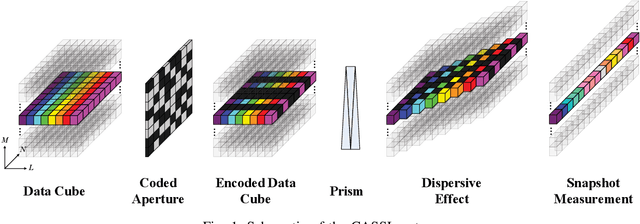
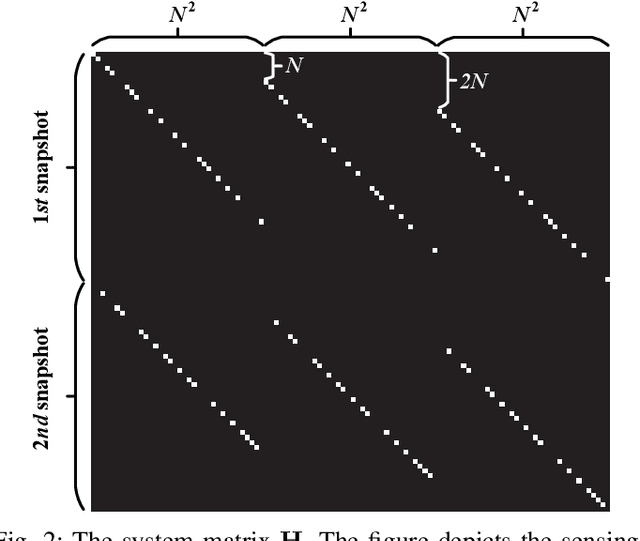
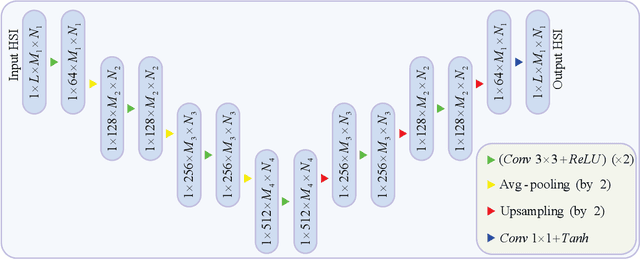
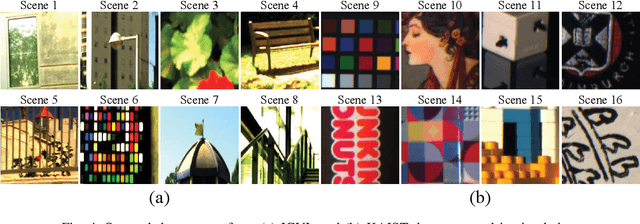
Abstract:Coded aperture snapshot spectral imaging (CASSI) is a technique used to reconstruct three-dimensional hyperspectral images (HSIs) from one or several two-dimensional projection measurements. However, fewer projection measurements or more spectral channels leads to a severly ill-posed problem, in which case regularization methods have to be applied. In order to significantly improve the accuracy of reconstruction, this paper proposes a fast alternating minimization algorithm based on the sparsity and deep image priors (Fama-SDIP) of natural images. By integrating deep image prior (DIP) into the principle of compressive sensing (CS) reconstruction, the proposed algorithm can achieve state-of-the-art results without any training dataset. Extensive experiments show that Fama-SDIP method significantly outperforms prevailing leading methods on simulation and real HSI datasets.
Spatial Sparse subspace clustering for Compressive Spectral imaging
Nov 05, 2019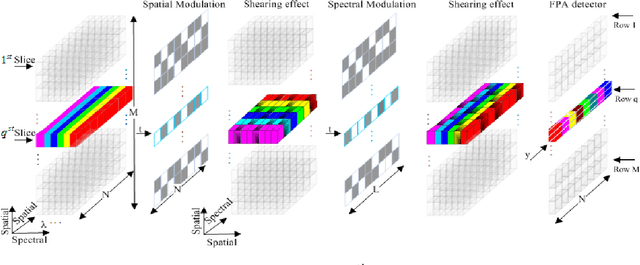



Abstract:This paper aims at developing a clustering approach with spectral images directly from CASSI compressive measurements. The proposed clustering method first assumes that compressed measurements lie in the union of multiple low-dimensional subspaces. Therefore, sparse subspace clustering (SSC) is an unsupervised method that assigns compressed measurements to their respective subspaces. In addition, a 3D spatial regularizer is added into the SSC problem, thus taking full advantages of the spatial information contained in spectral images. The performance of the proposed spectral image clustering approach is improved by taking optimal CASSI measurements obtained when optimal coded apertures are used in CASSI system. Simulation with one real dataset illustrates the accuracy of the proposed spectral image clustering approach.
 Add to Chrome
Add to Chrome Add to Firefox
Add to Firefox Add to Edge
Add to Edge